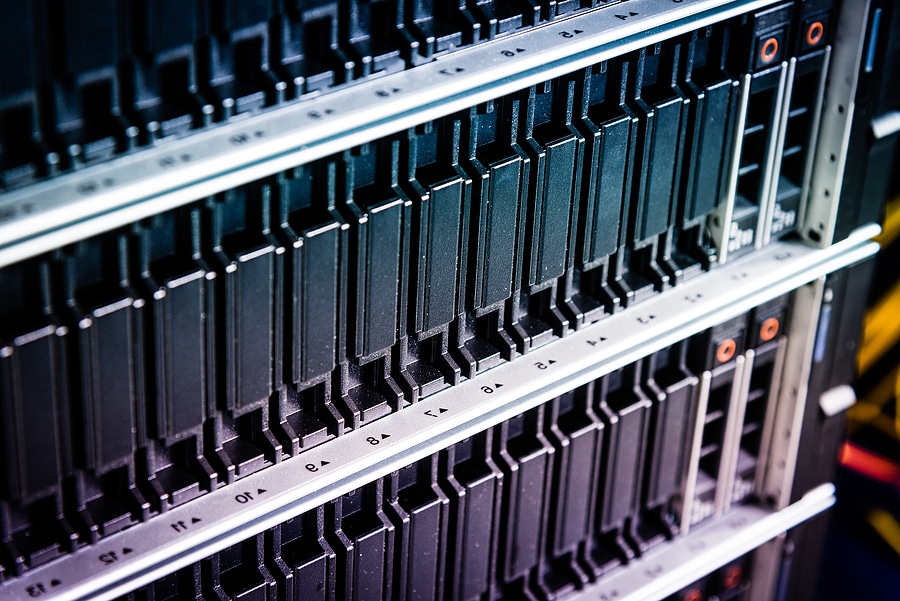Decommissioning a Data Center: How it Works

Creating a high-performing data center is a monumental task. As you might expect, decommissioning one is even more daunting! This is because a fully operational data center actively serves thousands of clients.
Many companies are transitioning away from on-site data centers in exchange for more practical alternatives. You might even be considering making the jump yourself. If so, then it is important to understand how decommissioning a data center works.
By having a better understanding of the process, you can ensure that your company is prepared for the unique challenges associated with decommissioning a data center.
Inventory Assets
Before your data center can be decommissioned, the IT team must first take a complete inventory of all assets. You need to have a clear idea of what equipment is in place, what apps rely on which devices, and what data is stored on each server.
Unfortunately, many large companies do not have up-to-date information on their data center’s assets. Smaller organizations with less robust data centers usually do a better job of maintaining accurate asset inventories.
If your configuration management database is not accurate, then your business will likely need outside assistance to update your asset inventory before decommissioning can commence.
Map Resource Dependencies
The next phase of preparation involves mapping dependencies throughout your data center’s resources. Put simply, this allows you to segment information stored in the data center. This will permit the decommissioning team to complete the process in organized stages.
Decommissioning any data center is an involved process. Even the smallest data centers cannot be decommissioned all in one shot. The process must be well-planned and should never be done haphazardly. Thorough mapping of resource dependencies can reduce the risk of a catastrophic failure or a breach of information during decommissioning.
Recycle Electronics Appropriately
Once your data center has been decommissioned, it is essential that all electronics are appropriately recycled. In order to ensure that your data is protected and that your assets are properly disposed of, you will need to partner with a talented ITAD (IT asset disposition) provider.
A good ITAD provider will have a secure facility, concise disposal protocols, and chain-of-custody tracking procedures. You should take the time to choose a qualified ITAD provider before you start the process of decommission. Otherwise, your data could be at risk.
Depending on the age and quality of your equipment, your assets might be able to be resold. If so, a high-quality ITAD provider can help with that, as well.
The provider will collect all of your decommissioned equipment, transport it to a secure facility, and ensure that it is disposed of accordingly. If your assets are eligible for refurbishment, your provider will be involved in that process. as well.
Ensure a SEAMLESS Transition
As you can see, decommissioning a data center is an extremely complex undertaking. That is why partnering with a qualified ITAD provider is vital. That’s where we come in!
At SEAM, our team specializes in data shredding, electronics recycling, technology refurbishment, remarketing, and resale. We proudly serve businesses throughout South Dakota. Contact us today for a free quote on data center decommissioning. We guarantee a SEAMless transition!
SEAM provides IT recycling and data destruction services including onsite shredding and hard drive wiping to South Dakota, North Dakota, Minnesota, Iowa, and Nebraska.
Schedule a pickup or contact us for more information.





